24614745013_7347546321_k
Do you have any thoughts on this post?
Opening New Mexico’s Sabinoso Wilderness has given sportsmen and women tremendous new opportunities, but support for one conservation tool will be critical to future access wins
When it comes to conservation success stories, we have an embarrassment of riches here in New Mexico. Just last year, we saw the establishment of legal access to the 16,000-acre Sabinoso Wilderness, which until last year was entirely surrounded by private land with no public roads or trails across. Now open to all, this national treasure offers an abundance of opportunity for hunters in pursuit of mule deer and turkey.
The unlocking of the Sabinoso required considerable effort by private individuals, conservation groups, and public officials from both parties. It is an accomplishment and a landscape well-worth celebrating, and has truly deserved the attention it has received in the press. In the wake of these triumphs, however, it’s important not to lose sight of the challenges in front of us.
I was reminded of this point at a recent event to recognize the conservation achievements of our two U.S. senators, Martin Heinrich and Tom Udall, who each played a critical role in the Sabinoso story. At an event to honor their past contributions, both seized the moment to voice their full-throated support for renewing the Land and Water Conservation Fund in perpetuity. They clearly see the potential expiration of this law, should Congress fail to act before September 30, as the issue of the moment for sportsmen and women.
Since its inception in 1964, the LWCF has been the United States’ premiere conservation program. By diverting a small percentage of federal royalties from offshore oil and gas leasing, it has invested more than $16 billion in conservation and outdoor recreation, including the establishment of public fishing areas, new access into landlocked and checkerboarded parcels of public lands, and the acquisition of lands and waters for the benefit of fish, wildlife, and the sporting public. Its record of success leaves no doubt that it is the best-available instrument for fulfilling the administration’s commitment to recreational access. As both Udall and Heinrich noted, the LWCF enjoys very strong bipartisan support in both houses of Congress and—given that it costs the taxpayer nothing—all across the country.
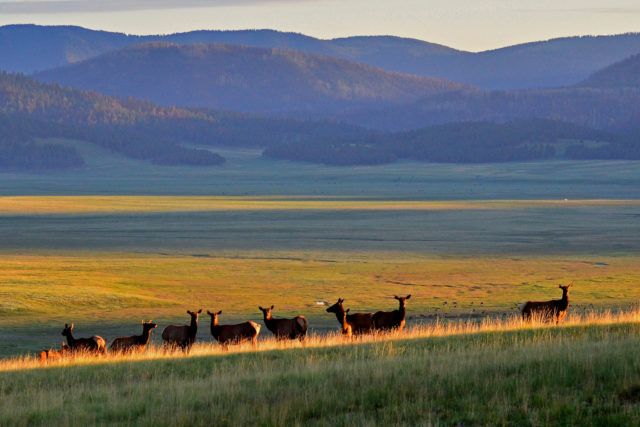
In New Mexico, we know that this powerful tool is capable of doing a great deal of good. From 1964 to 2015, there have been 1,024 projects amounting to $42,406,844 spent on everything from municipal ball fields to state parks. We’ve benefited enormously from the LWCF, which also funded the purchase of the 80,000-acre Valles Caldera (pictured above) from a private entity. Now managed as a national preserve, it offers some of the best hunting and angling in the West. Elk hunts and turkey hunts are offered through a public draw and the trout fishing is second to none. The preserve also generates revenue through their livestock-grazing leases.
The LWCF has an incredible legacy, to be sure, but it has a promising future as well. Who knows how many new success stories we’ll have to tell in the years ahead, or how many opportunities will be created for generations of sportsmen and women yet to come? In landscapes like the Sabinoso and the Valles Caldera, I see both the payoff for past efforts and also enormous potential for the work ahead.
Hearing such strong commitment at last month’s gathering left me encouraged. For someone who understands the importance of the Land and Water Conservation Fund, it is reassuring to know that there are some politicians working to address sportsmen’s concerns in Washington, D.C. But their voices and votes won’t be enough when push comes to shove on the reauthorization this fall. Take a minute and let your elected officials know how important the LWCF is to conservation and to the future of our hunting and fishing traditions.
Top photo courtesy of BLM New Mexico
Second photo courtesy of Larry Lamsa
Sportsmen for Responsible Energy Development say draft legislation pushes ‘pay to have a say’ approach to permit decisions
A coalition of sportsmen’s groups are questioning draft legislation that would make it more difficult for sportsmen and women to comment on oil and gas lease sales on public land.
Under one of the draft bills discussed at an Energy and Mineral Resources Subcommittee hearing this week, the Interior Department could impose a “filing fee” for anyone submitting administrative protests of oil and gas lease sales, permit-to-drill applications, and issuance of right-of-way grants.
The “base filing fee” for protests of 10 pages or less would be $150, with “an additional assessment of $5” for each additional page, and “$10 per additional lease parcel,” according to the discussion draft. Lawmakers also considered three other discussion drafts that seek to fast-track permitting and curtail the process used to determine if a project should be “categorically excluded” from further environmental review and public comment.
Representatives of Sportsmen for Responsible Energy Development issued the following statements:
“It is already difficult for the American public to be thoughtfully involved in the decision-making processes that lead to energy development on public lands, even when these decisions put our best hunting and fishing areas at risk,” said Whit Fosburgh, president and CEO of the Theodore Roosevelt Conservation Partnership. “Instead of further minimizing the input of hunters and anglers, we ask lawmakers to give sportsmen and women a better seat at the table and for more transparency in public land management decisions.”
“Most sportsmen and women believe we can balance responsible energy development with hunting, fishing and other uses of our public lands, but it takes thoughtful planning and consideration of all the resources,” says Aaron Kindle, senior manager of Western sporting campaigns for the National Wildlife Federation. “When it takes decades or longer for habitats to recover from irresponsible development, it’s more than reasonable to ask for prudent deliberation and appropriate safeguards. These bills are the opposite of that and should be rejected.”
“Sportsmen and women who value their public lands want a voice in the permitting process,” said Corey Fisher, senior policy director for the Sportsmen’s Conservation Project at Trout Unlimited.“Limiting public comment and creating a ‘pay to have a say’ system will affect the very people who know these lands best. We can have both responsible energy development and conservation, but this requires that everyone affected—landowners, state and local governments and public lands users—gets a fair shake and a say in the management of our public lands.”
The TRCP is encouraging sportsmen and women to defend our say in public land management by signing the Sportsmen’s Country petition. It’s not enough to keep public lands public. We must demand that they are thoughtfully managed for all the many ways Americans use these incredible resources.
Flash flooding is the ugly face of stormwater that we see on the nightly news, but there are risks to clean water and fish when rain carries pollutants and plastics off sidewalks, parking lots, and rooftops
On Sunday evening, as a thunderstorm raged here in Maryland, my social media feed lit up with live videos and photos of massive flooding just 40 or so miles west of my home. Mere minutes from where I went to high school, the town’s historic Main Street became, for the second time in as many years, a furious torrent of water—bursting through shops and restaurants, carrying cars, and taking one man’s life. An Air Force veteran died helping to rescue people trapped in the flood.
This is the ugly face of stormwater. But it’s not just a safety concern for our communities as severe storms become the new normal—the deluge carries many dangerous pollutants into our fish and wildlife habitat, washing out our hunting and fishing opportunities.
So few conservation issues can be made as tangible as the raw power of this rainwater, unhinged and with the ability to upend lives. But you rarely see the images of destruction from storms connected with the consequence for sportsmen and women on the nightly news. Here’s why stormwater management should matter to anyone who depends on clean water for our best days afield.
Consider that water is often polluted by three main sources: The first, agricultural runoff, is exactly what it sounds like, and we’ve been over the consequences for fish and wildlife many times before. The second is wastewater, which leaves our sinks, toilets, bathtubs, and washing machines and is generally treated before reentering a watershed.
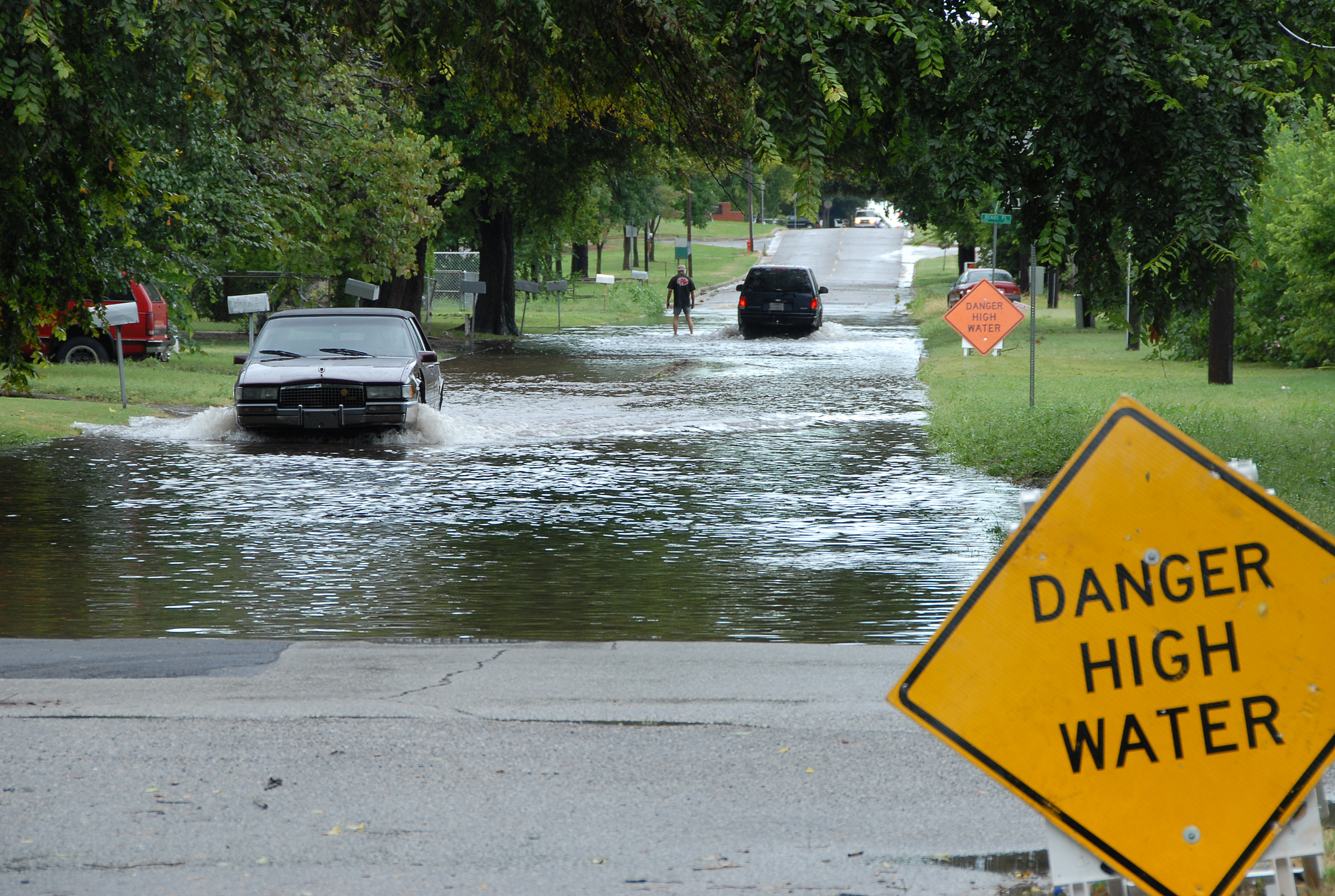
Stormwater is the third major source of pollution affecting fish and wildlife habitat—rain (or snow) runs down the street and off our sidewalks, driveways, parking lots, and roofs, all “impervious surfaces” that do not permit the absorption of water. This runoff is usually hot, fast, and dirty, and that’s a trifecta of bad news for waters and wetlands downstream.
Stormwater serves as a conveyor belt delivering the detritus of our daily lives to streams, rivers, and bays. The collection of stuff it carries varies wildly, but includes lawn fertilizers, motor oil, topsoil, and plastics of all kinds. And right now stormwater is contributing to problems with water quality and fish habitat in practically every watershed in the nation.
The pollution load increases as we develop more land and more impervious surfaces are built, and this is why stormwater runoff is the fastest-growing source of pollution in the Chesapeake Bay. Stormwater carries nitrogen that feeds fish-killing algal blooms, which can also close our beaches. Stormwater runoff also fuels erosion that dumps sediment into our rivers, raising water temperatures and silting over the gravel beds that are critical fish spawning areas.
As sportsmen and other citizens continue to insist that our government—at all levels—takes clean water more seriously, stormwater regulation has become more and more common. Prevention involves building new roads or housing developments in ways that slow down, cool off, or block stormwater flows.
This can be done in several ways. Major highway and building projects often require expansive stormwater retention ponds that eventually come to serve as permanent functional wetlands that provide wildlife habitat while allowing sediment and nutrient pollution to filter out of the water before it goes downstream. Some public buildings around the Chesapeake Bay also boast porous paver parking lots that permit water to soak through instead of rushing off the dirty surface. And increasingly, we see the adoption of stormwater management around homes, with the installation of rain barrels and rain gardens.
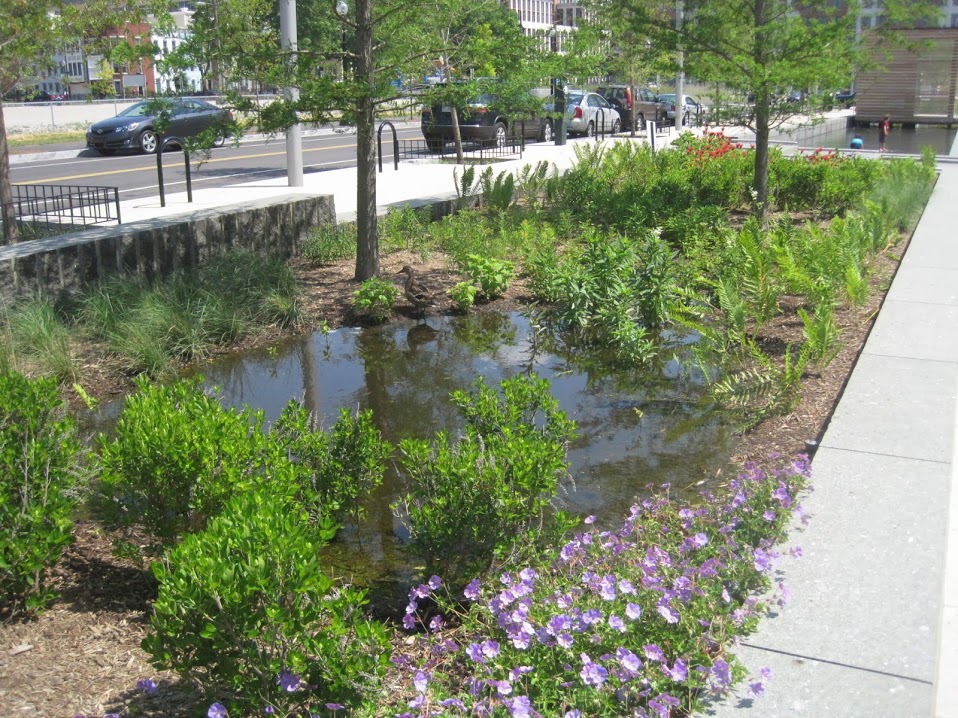
These are largescale solutions requiring bulldozers and engineers and small projects that can be done on a DIY budget. But, either way, stormwater management has major benefits for fish and wildlife populations that may be far downstream of neighborhoods and roadways. Let’s not allow them to be out of sight and out of mind as we advocate for clean water solutions.
The Doppler radar will surely light up with severe storms again and again—we can’t afford to wait until a flash flood hits to recognize how much is at stake.
Top photo courtesy of Jan-Willem Reusink.
Abandoned mines have harmful effects on water quality and fish habitat across the country, but lawmakers can make it easier for volunteers to shoulder some of the cleanup effort without taking on big risks
Coal mining may be a major part of Pennsylvania’s cultural history, but groups like Trout Unlimited are concerned that abandoned mines could threaten the future of some of the state’s most popular trout streams.
Here are the numbers: There are roughly 500,000 abandoned mines across the country—46,000 of these are on public lands—where heavy metals and acidic runoff cause water quality issues on approximately 110,000 stream miles. With 20 percent of these waters serving as habitat for native trout or salmon, this should be of national concern to anglers.
But the backlog of abandoned mines really hits home in the Keystone State, where one-third of all derelict mining operations in the U.S. are located. As of 2006, this left the state with approximately 4,000 miles of streams that were essentially devoid of all aquatic life, according to the Pennsylvania Fish and Boat Commission.
The good news is that elected officials have an opportunity to let well-intentioned groups and volunteers get in on the daunting task of cleaning up the mess, with legislation that would remove a major hurdle.
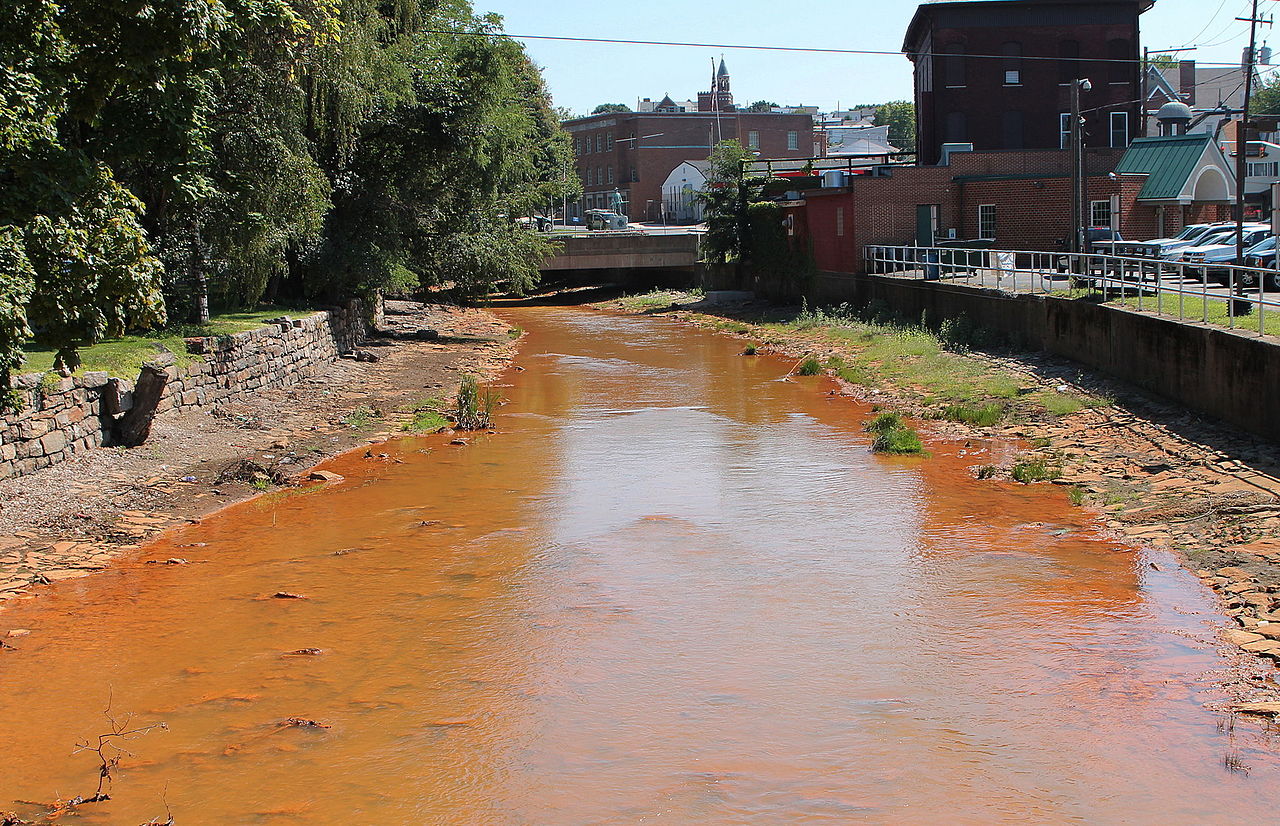
These days, before a coal mine commences operations, a plan is created for its eventual shutdown—even if that may be decades down the road. Mining companies have to figure out how they will dispose of leftover waste and complete a full cleanup, but this wasn’t always the case.
While some states started regulating the coal industry in the 1930s and 1940s, the federal government didn’t begin regulating active coal mining until 1977. At that time, Congress passed the Surface Mining Control and Reclamation Act to address concerns about the environmental effects of roughly two centuries of mining in the United States.
It used to be that businesses would simply pack up and leave when mines were no longer productive, forcing the surrounding community to deal with the negative repercussions on water resources and the local economy. In many cases, these abandoned mines were “orphaned,” meaning that the government cannot find the original mine owner, which puts taxpayers on the hook for the cleanup. The surface mining legislation of the 70s required that mining companies abide by a set of environmental standards and create plans for the reclamation of land after mining was complete.
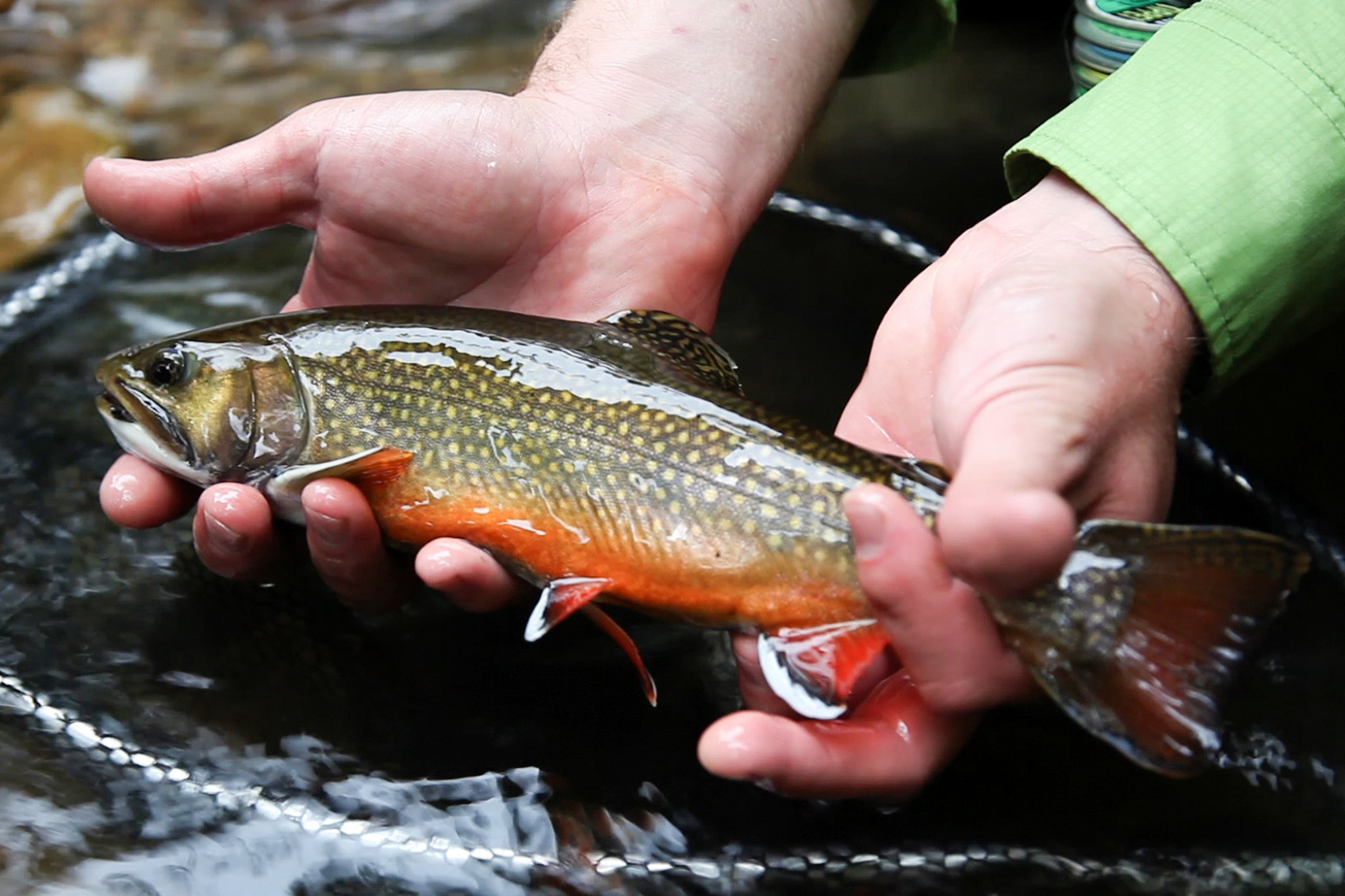
People who live near abandoned mine sites can be exposed to serious health hazards from the toxic runoff, so it’s easy to see how bad this can be for fish. Sediment runoff can carry contaminated silt and debris downstream, clogging waterways and altering river flows that keep water at a steady temperature for coldwater fish. Highly acidic waters that come out of abandoned coal mines can decimate fish populations and make some streams completely uninhabitable for any aquatic life, including food sources important to fish we love to catch.
Some of the Pennsylvania’s severely impaired streams are dangerously close to highly productive fisheries. For example, the headwaters of Kettle Creek are Class A wild trout waters popular with fly fishermen, but fifteen miles of the main stem were virtually lifeless by the 1950s because of past mining activity.
That’s where Trout Unlimited stepped in to help. They partnered with Kettle Creek Watershed Association in 1998 to install passive treatment systems that help normalize highly acidic water and, utilizing traditional remediation techniques, they’ve been able to clean up almost the entire creek, which has reopened fishing access in places like Twomile Run.
But even well-intentioned groups like TU have to overcome two major hurdles to help with cleanup efforts that are critical to ensuring that the next generation has quality places to hunt and fish.
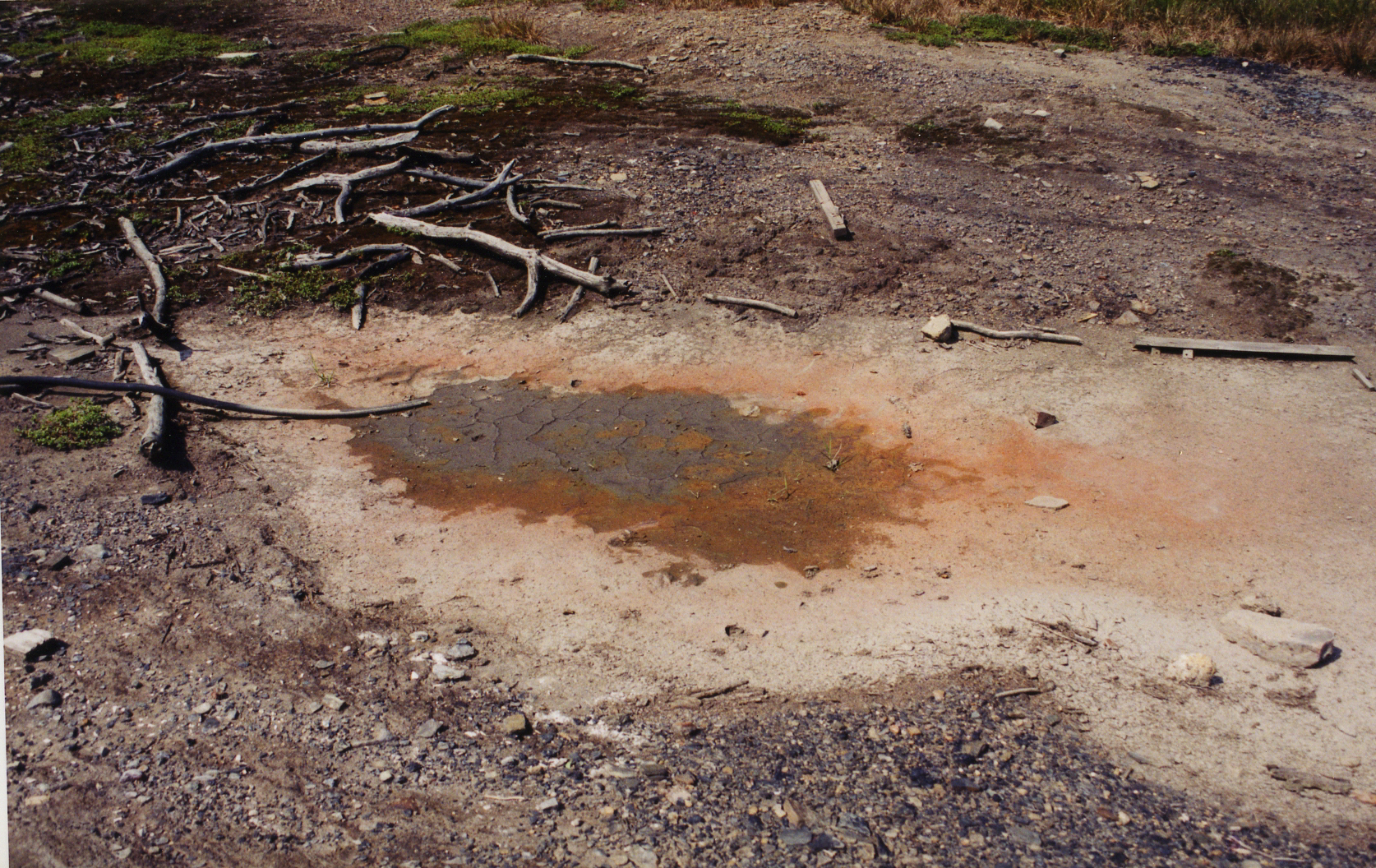
The Surface Mining Control and Reclamation Act also created a means of paying for the cleanup of abandoned mines by assessing a small fee on every ton of coal produced. Since the creation of this trust fund, more than $5 billion has been distributed to states in the form of grants to help clean up abandoned mining lands.
But funding for this program expires in 2021. It might not seem urgent, but the last reauthorization took nearly a decade, and opponents of the trust fund are already advocating for the immediate end of the program and fees on the production of coal.
Even if we secure this important funding, there’s an urgent need for “Good Samaritan” legislation that will allow non-federal entities, like TU, to help clean up abandoned mine sites.
Under current legislation, if a nonprofit steps in to help clean up an abandoned mine site, they are legally liable for any issues with the site in perpetuity, even if they had no prior connection to the project. This limits the opportunities for volunteer groups or organizations to shoulder some of the burden of cleaning up and helping to restore fish and wildlife habitat for the next generation, because they cannot take on the incredible risks.
Pennsylvania has provided reasonable liability protection for groups that want to help clean up abandoned mines, and many organizations have stepped up. We’re supportive of TU’s efforts to educate sportsmen and women about Good Samaritan legislation and the ongoing risks abandoned mines pose to fish, wildlife, and clean water in Pennsylvania and across the country.
Watch their video to learn more.
First and last photo by Peter and Laila via flickr.
Theodore Roosevelt’s experiences hunting and fishing certainly fueled his passion for conservation, but it seems that a passion for coffee may have powered his mornings. In fact, Roosevelt’s son once said that his father’s coffee cup was “more in the nature of a bathtub.” TRCP has partnered with Afuera Coffee Co. to bring together his two loves: a strong morning brew and a dedication to conservation. With your purchase, you’ll not only enjoy waking up to the rich aroma of this bolder roast—you’ll be supporting the important work of preserving hunting and fishing opportunities for all.
$4 from each bag is donated to the TRCP, to help continue their efforts of safeguarding critical habitats, productive hunting grounds, and favorite fishing holes for future generations.
Learn More
